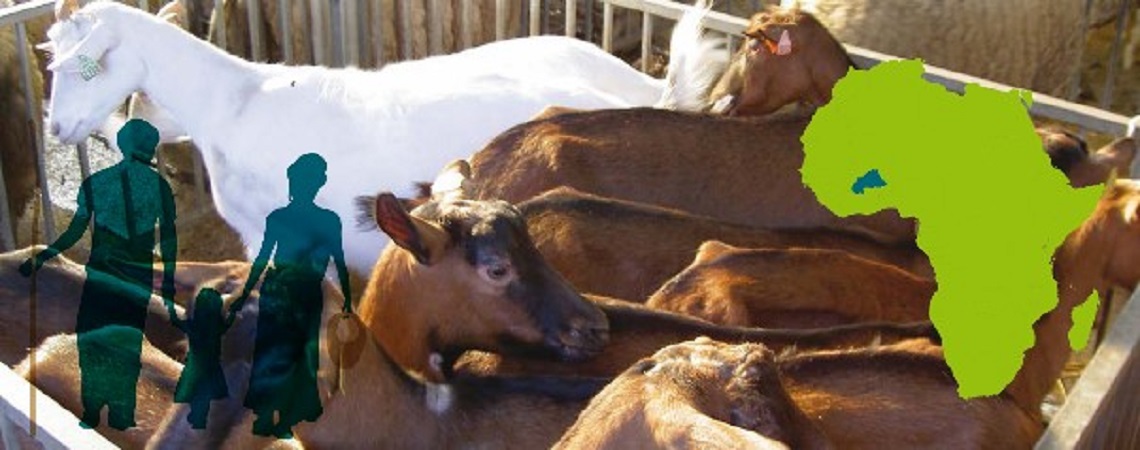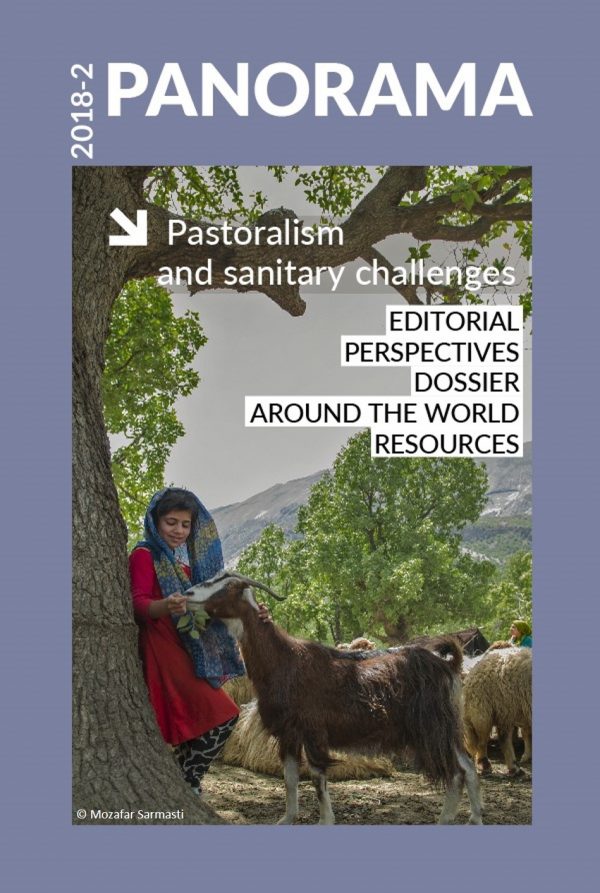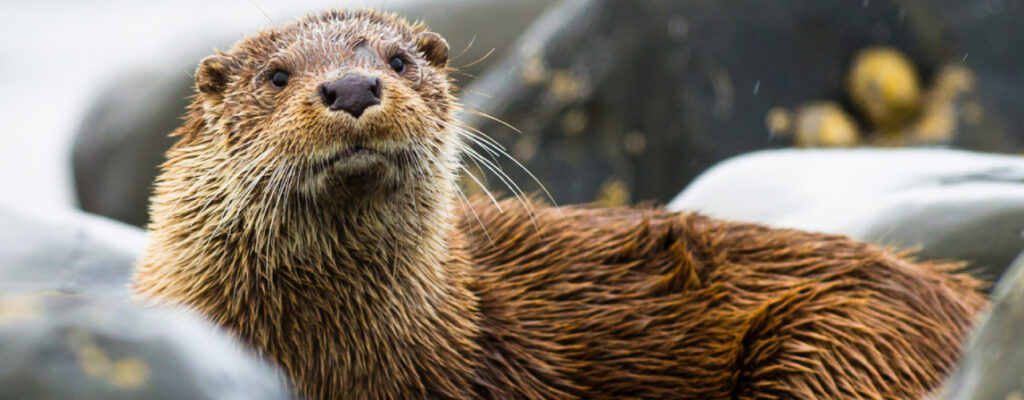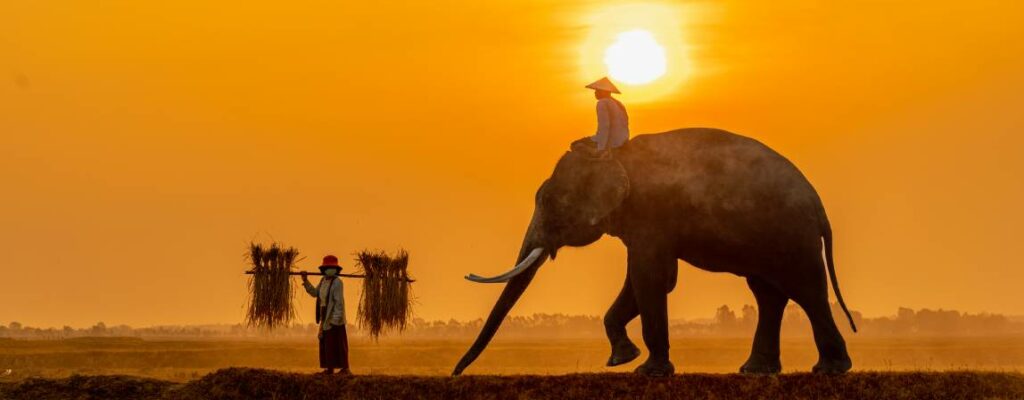Around the world Posted on 2019-02-19 13:55:56
Success stories
Pastoral livestock farming in Burkina Faso
Driving economic growth and the hope of well-being
Keywords
Authors
N. Romuald Somda (1)* & Dominique Ilboudo (2)
(1) PRAPS Communication Officer, Burkina Faso
(2) PRAPS Animal Health Specialist, Burkina Faso
* Corresponding author: nahiwin62@gmail.com
The designations and denominations employed and the presentation of the material in this article do not imply the expression of any opinion whatsoever on the part of the OIE concerning the legal status of any country, territory, city or area or of its authorities, or concerning the delimitation of its frontiers and boundaries.
The views expressed in this article are solely the responsibility of the author(s). The mention of specific companies or products of manufacturers, whether or not these have been patented, does not imply that these have been endorsed or recommended by the OIE in preference to others of a similar nature that are not mentioned.
According to Burkina Faso’s Ministry of Animal Resources (DGESS/MRAH, 2017), the ruminant livestock population of the country is estimated at 9,647,000 cattle, 15,180,000 goats and 10,137,000 sheep.
Various forms of livestock farming exist in Burkina Faso, ranging from sedentary farming to transhumant pastoralism. Pastoral production, characterised by herd mobility and extensive grazing, is the best way of using pastoral land and protecting livestock.
In Burkina Faso, around 75% of livestock is farmed using a nomadic and migratory approach, both on a national and cross-border basis. Pastoralism is therefore the main activity that uses the fragile and irregular natural vegetation in a sustainable way. This form of livestock farming adapts quickly to major seasonal and interannual variations in plant biomass and water resources.
But, in Burkina Faso, weather events, the extent and quality of pastures, and health and economic constraints often make pastoralism a precarious activity.
Sheep and goats, which make up the largest share of ruminant livestock in the Sahel (roughly 64% according to the results of the second national survey on livestock population), contribute substantially to resolving the socio-cultural and economic problems of Sahel pastoral communities and play a vital role in assuring the food and nutritional security of these communities.
PPR and CBPP are the primary diseases targeted by the PRAPS–Burkina Faso
Despite its considerable role in the fight against poverty and under-employment, the livestock sector continues to be faced with numerous constraints that limit its contribution to the socio-economic development of the country. The constraints on ruminant farming include animal diseases, which remain an obstacle to livestock productivity and the development of livestock farming as a whole in Burkina Faso.
To help resolve these constraints, the Regional Sahel Pastoralism Support Project–Burkina Faso (PRAPS–Burkina Faso) has committed, through its first component – ‘Improving Animal Health’, to supporting the implementation of the national strategic plan for the control of peste des petits ruminants (PPR). PPR and contagious bovine pleuropneumonia (CBPP) are the main contagious diseases limiting the development of livestock production in Burkina Faso, causing enormous economic losses for the country and rural households. They are also the primary diseases targeted by the PRAPS–Burkina Faso.
Work under way or already completed in this area includes the acquisition and provision of vaccines at a subsidised cost and the provision of vaccination equipment (syringes and needles), cold chain equipment (refrigerated vans, ice boxes, combined refrigerators) and logistics resources (including motorbikes).

Web page of PRAPS Burkina Faso
http://dx.doi.org/10.20506/bull.2018.2.2872
References
- Tiemtoré S. (2004). – Problématique de la mobilisation et de la maîtrise de l’eau pour la promotion de l’élevage dans un contexte sahélien. Oral communication. Roundtable on ‘Scientific and technological research: the water issue and sustainable development’, Forum national de la recherche scientifique et des innovations technologiques (FRSIT), Ouagadougou, Burkina Faso, 29 May–5 June 2004. FRSIT, 11 pp.












